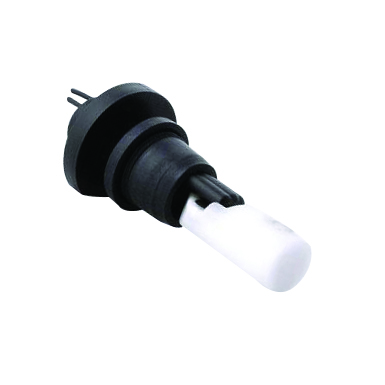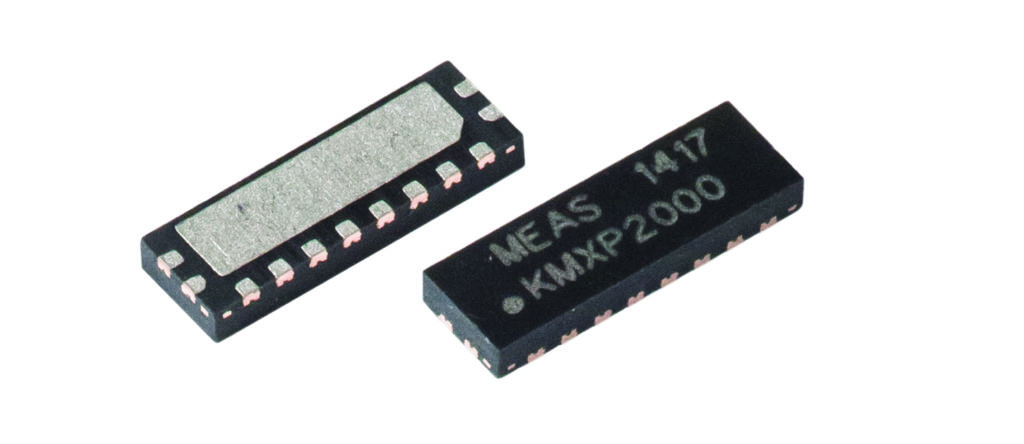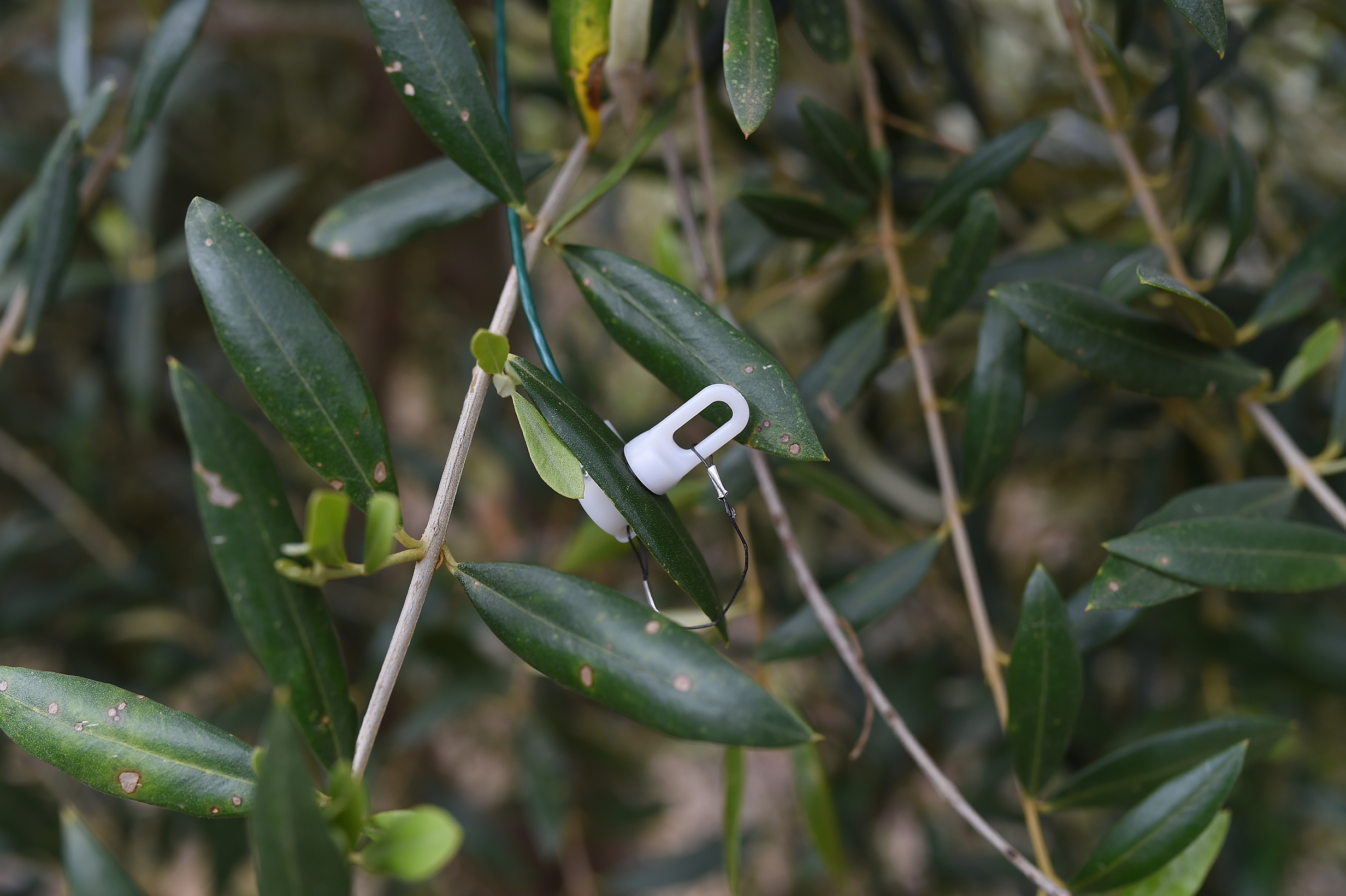Scientists and research engineers are developing technologies to boost food yield economically and efficiently in order to feed the world’s growing population. New ideas continue to emerge as the scientific community devotes time and energy in solving this problem. One futuristic approach involves creating an ideal environment for growing food in the air without soil, with sensors used to monitor environmental conditions. Many experiments are being conducted to produce crops, including the one just noted, which MIT’s Media Labs is undertaking. While soil-less horticulture may be years away, many innovative efforts to boost crop yield are already using sensors to monitor soil moisture, temperature, and humidity. The goal is to increase yield while minimizing space, water, fertilizer, and energy use.
Artificial intelligence (AI) is also playing a role, for example, to ensure that crops are protected from such dangers as frost or being over- or underexposed to sunlight. Using new food tech, an increased crop yield of 5-10% has been reported, which translates to direct profits.
Plant and crop growth require water, the right mix of fertilizer minerals, favorable ambient conditions (temperature and humidity,) and the prevention of insect interference and diseases.

Figure 1 is an illustration of how food tech can be applied. In a controlled environment, temperature and humidity can be monitored using the humidity/temp sensors (Figure 2).

The water level can be monitored using a liquid sensor (Figure 3) so that plants always have the right amount of water. Avoiding overwatering helps minimize costs. Monitoring of water levels can rely on wireless communication with the aid of equipment, including a waterproof power supply, connectors, and compact antennas. In some cases, low-power wide-area networks (LPWANs) devices with a battery life up to seven years can be used to reduce maintenance costs. Additionally, magnetic position sensors help ensure plants are aligned properly to yield healthy crops (Figure 4).


Sensors increase olive production
According to Olive Oil Times, the world consumes over three million tons of olive oil, with Italy and Spain taking the lead. With climate change making it increasingly important to save water, an olive plantation in southern Spain with 40,000 olive trees is using sensors to monitor leaves’ water content. The leaves thus stay hydrated, with just the right amount of water. By employing a smart irrigation system from Bosch, the plantation has been able to save 20% of the irrigation water and increase yield at the same time. And a similar approach has been adopted to enlarge asparagus and strawberry crop yields.

It is all about monitoring
Deepfield, a division of Bosch, offers a subscription-based solution to monitor the quality of milk in the tank. (Video 1 below) Sensors are installed at the bottom of the tank to monitor the temperature of the milk. A mobile app tracks the temperature of the milk continuously to ensure that it is kept at a safe temperature for freshness.
Finally, at the Sensors Expo 2019, Aroma Bit displayed a new module using technology to detect the smell of food. A possible application includes smell detection in a large-scale food processing operation to ensure foods are not spoiled and suitable for human consumption.
Figure 5: This smell-sensing module is equipped with 35 sensing films to detect smells from liquid and solids. (Source: Aroma Bit)
Food technology uses sensors to monitor various parameters, including soil moisture, temperature, humidity, sunlight exposure, and smell. By monitoring the environment and controlling water supply, humidity and nutrients, maximum crop yield can be achieved with a reduction in costs. The above are just a few examples of food tech applications. More innovations relying on sensors are expected in the smart agriculture sector. Combining artificial intelligence and smart sensors will further expand food tech development and applications.
